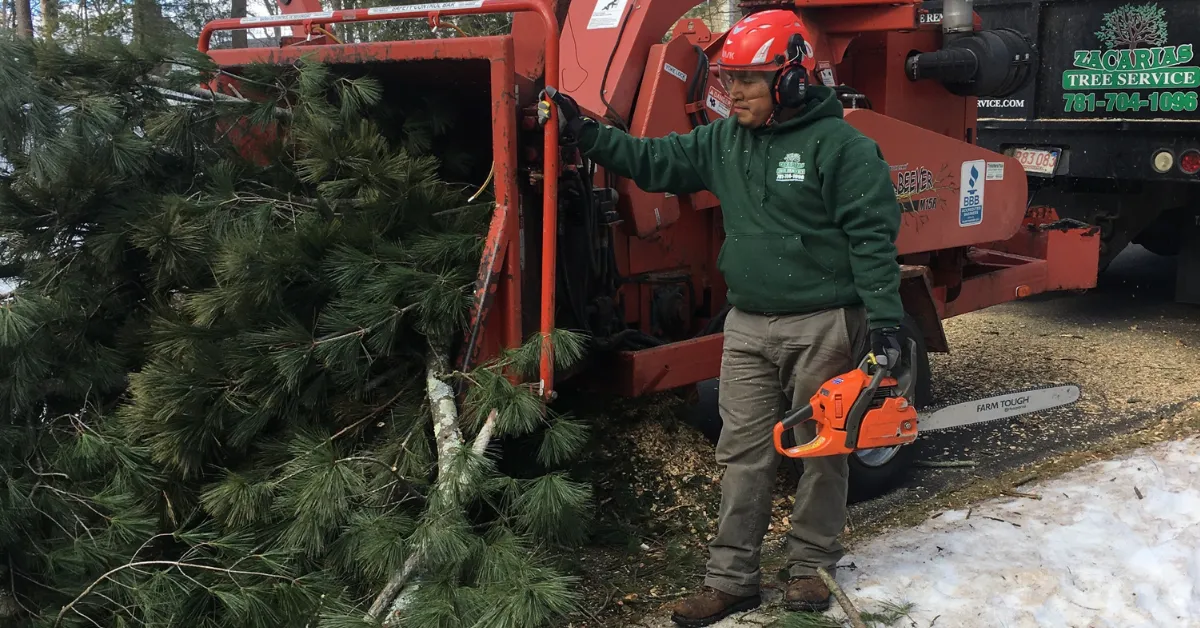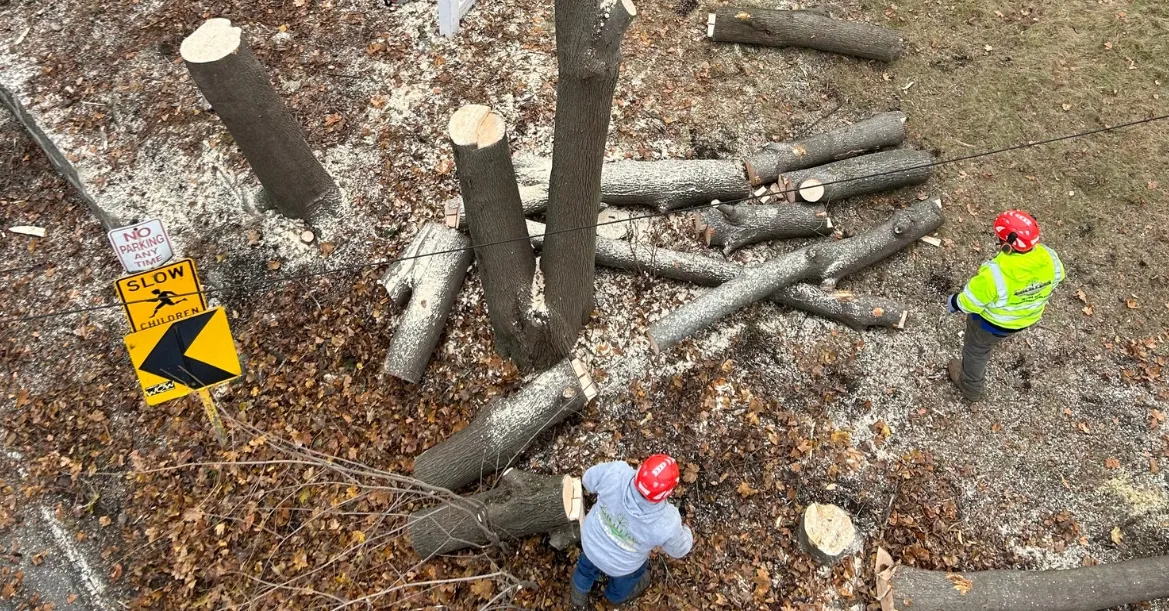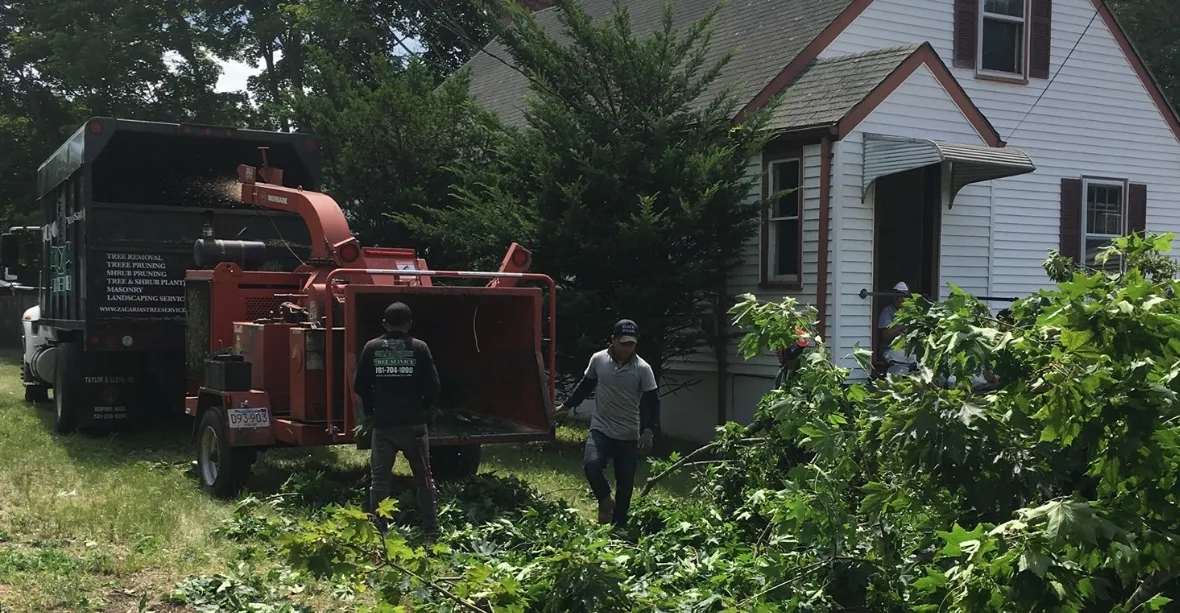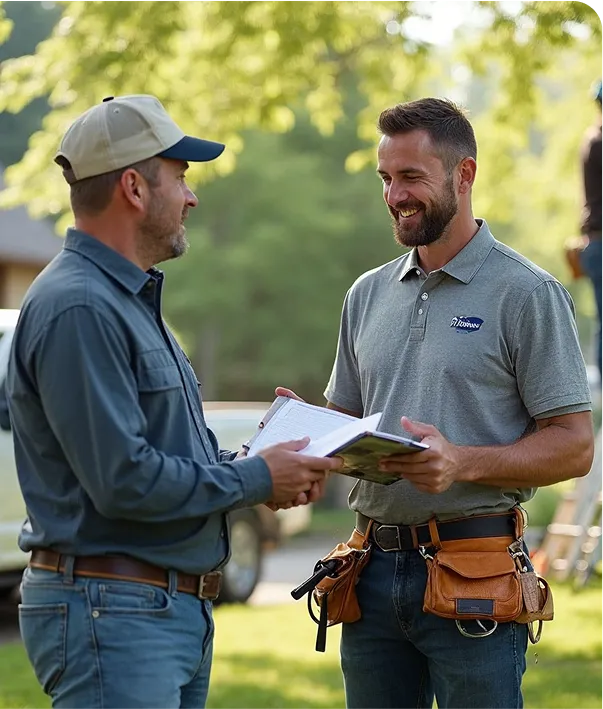A single falling tree branch can cost homeowners tens of thousands of dollars in property damage. Yet 73% of property owners postpone essential tree maintenance due to perceived high costs. This dangerous misconception has led to preventable accidents, insurance claims, and emergencies that could have been avoided with proper planning.
The reality behind affordable tree service goes far beyond price quotes. Professional tree care represents a critical investment in property safety, value protection, and long-term cost savings that requires understanding multiple factors most homeowners overlook.
When searching for affordable tree service, property owners must distinguish between genuinely cost-effective solutions and dangerously cheap alternatives. Licensed arborists provide comprehensive tree care that protects both immediate safety concerns and long-term property investments. Understanding the true value proposition of professional tree services helps homeowners make informed decisions that prevent costly emergency situations while maintaining healthy landscapes.
The difference between affordable and cheap tree service becomes apparent when considering insurance coverage, proper equipment usage, and certified expertise. Professional providers deliver sustainable solutions that address root causes rather than temporary fixes, ultimately providing superior value through reduced long-term maintenance costs and enhanced property protection.

Understanding Professional Tree Service
Professional tree service encompasses comprehensive arboriculture practices designed to maintain tree health, safety, and aesthetic value. This specialized field requires extensive knowledge of tree biology, proper equipment operation, and safety protocols that extend far beyond basic yard maintenance.
Licensed arborists possess the expertise to assess tree conditions, identify potential hazards, and recommend appropriate treatment methods. Their training includes understanding disease patterns, structural integrity assessment, and proper pruning techniques that promote long-term tree health rather than temporary aesthetic improvements.
The Importance of Professional Tree Care
Financial Implications
Preventive tree care typically costs substantially less than emergency tree removal or property damage repairs. Regular maintenance helps identify potential problems before they require expensive interventions or create insurance claims.
Safety Considerations
Overgrown or structurally compromised trees pose serious risks to buildings, vehicles, and pedestrians. Professional assessment can identify hazardous conditions that untrained individuals might overlook until they become dangerous.
Property Value Protection
Well-maintained landscaping, including healthy trees, contributes significantly to property value. Mature trees can increase property values by 10–15%, making professional care a worthwhile investment.
Environmental Benefits
Healthy trees provide air purification, energy savings through natural cooling, and stormwater management. Proper maintenance ensures these benefits continue while preventing trees from becoming environmental liabilities.
Cost Comparison: Cheap vs. Affordable Tree Service
| Feature | Cheap Service | Affordable Professional Service |
| Insurance Coverage | Often, none or limited | Full liability and worker coverage |
| Equipment Used | Basic or outdated tools | Commercial-grade, safety-certified |
| Staff Qualifications | Untrained laborers | Certified arborists with expertise |
| Scope of Work | Minimal, often incomplete | Comprehensive, long-term solutions |
| Post-Service Cleanup | Frequently skipped or partial | Full debris removal and restoration |
| Long-Term Cost Impact | Higher due to recurring issues | Lower with proactive care |
Common Misconceptions About Tree Service Costs
Assuming All Services Are Equivalent
Not all tree service providers offer the same level of expertise or insurance coverage. Unlicensed operators may provide lower initial quotes but lack the knowledge to perform work safely or effectively.
Delaying Necessary Maintenance
Postponing tree care to save money often results in more expensive problems. Small issues that could be resolved with minor interventions can develop into major structural problems requiring tree removal.
Focusing Solely on Price
The lowest bid may not represent the best value when considering long-term tree health, property protection, and service quality. Inadequate work often requires additional corrective services.
Underestimating Insurance Requirements
Uninsured tree service providers create significant liability risks for property owners. Professional services carry comprehensive insurance coverage that protects both the service provider and the property owner.

Professional Tree Service Process
Initial Assessment and Consultation
Qualified arborists begin with comprehensive property evaluation, identifying tree species, health conditions, and potential concerns. This assessment forms the foundation for developing appropriate maintenance strategies.
Service Planning and Recommendations
Professional recommendations consider multiple factors including tree health, property layout, safety requirements, and client objectives. This planning phase ensures services address actual needs rather than perceived problems.
Proper Equipment and Techniques
Professional tree services utilize specialized equipment designed for safe, efficient tree care. This includes aerial lift equipment, professional-grade cutting tools, and safety gear that meets industry standards.
Cleanup and Site Restoration
Complete service includes debris removal, site cleanup, and restoration of affected areas. Professional services leave properties in improved condition rather than creating additional maintenance requirements.
Follow-up Care Recommendations
Ongoing maintenance schedules help property owners understand when additional services may be needed and how to monitor tree health between professional visits.
Evaluating Service Providers
Licensing and Certification Verification
Legitimate tree service providers maintain current business licenses and industry certifications. International Society of Arboriculture (ISA) certification indicates advanced training in proper arboriculture practices.
Insurance Coverage Confirmation
Comprehensive liability insurance and workers’ compensation coverage protect property owners from potential accidents or damage claims. Request current insurance certificates before authorizing work.
References and Portfolio Review
Established service providers can provide references from recent clients and demonstrate their work quality through before-and-after documentation or site visits.
Written Estimates and Contracts
Professional services provide detailed written estimates that specify work to be performed, materials to be used, and cleanup procedures. This documentation prevents misunderstandings and provides legal protection.
Cost Factors and Budget Planning
Tree Size and Accessibility
Larger trees require more time, specialized equipment, and additional safety measures, increasing service costs. Trees in confined spaces or near structures require extra precautions that affect pricing.
Service Type and Complexity
Routine pruning costs less than emergency removal or disease treatment. Complex jobs requiring aerial equipment, crane assistance, or specialized techniques command higher rates.
Seasonal Timing Considerations
Peak seasons for tree service typically occur during spring and fall when weather conditions favor outdoor work. Emergency services during storms or after severe weather events may include premium pricing.
Geographic and Local Factors
Regional cost variations reflect local labor rates, disposal fees, and market conditions. Urban areas typically have higher service costs than rural locations due to increased operational expenses.
Professional Standards and Safety Requirements
OSHA Compliance Requirements
Licensed tree service providers must comply with Occupational Safety and Health Administration (OSHA) standards for tree care operations. These regulations ensure safe working conditions and proper equipment use.
Industry Best Practices
Professional arborists follow established industry standards for pruning, removal, and tree care procedures. These practices promote tree health while minimizing risks to property and personnel.
Environmental Considerations
Responsible tree service includes consideration of environmental impacts, including proper disposal of tree materials, protection of surrounding vegetation, and compliance with local environmental regulations.
Making Informed Service Decisions
Timing Maintenance Activities
Strategic timing of tree service can reduce costs while maximizing benefits. Non-emergency work scheduled during slower seasons often receives better pricing and more flexible scheduling.
Bundling Services Efficiently
Combining multiple tree care activities during single visits can reduce overall costs through efficient equipment use and reduced mobilization expenses.
Long-term Maintenance Planning
Developing multi-year maintenance plans helps budget for tree care while ensuring consistent attention to tree health and safety requirements.
Emergency Preparedness
Understanding when to seek emergency tree service helps property owners respond appropriately to storm damage or sudden tree failures while avoiding unnecessary emergency service charges.
Frequently Asked Questions
How often should trees receive professional maintenance?
Most mature trees benefit from professional evaluation every 2–3 years, with pruning cycles varying based on species, age, and growing conditions. Fast-growing species may require more frequent attention.
What constitutes a tree emergency requiring immediate professional attention?
Emergency situations include trees or large branches that have fallen across roads or structures, trees leaning dangerously after storms, or branches hanging precariously over high-traffic areas.
How can property owners verify tree service provider credentials?
Check business licenses with local authorities, verify insurance coverage through direct contact with insurance carriers, and confirm certifications through professional organizations like ISA.
What questions should be asked when requesting tree service estimates?
Inquire about specific work to be performed, equipment to be used, cleanup procedures, timeline for completion, and any guarantees or warranties provided with the service.
Are permits required for tree removal or major pruning?
Many municipalities require permits for tree removal, especially for large or protected species. Professional services can advise on permit requirements and assist with application processes.
How do weather conditions affect tree service scheduling and costs?
Adverse weather conditions can delay scheduled services and may result in emergency pricing for storm-related damage. Professional services prioritize safety and may reschedule non-emergency work during severe weather.
Professional Tree Care Investment
Investing in quality tree service isn’t just about maintenance; it’s about protecting property value, ensuring long-term safety, and supporting environmental health. Understanding the factors that influence service costs and quality helps property owners make informed decisions that protect their investments while ensuring professional standards are maintained.
Zacarias Tree & Landscaping provides comprehensive tree care services with the expertise and equipment necessary to maintain healthy, safe trees. Our certified professionals understand the unique challenges of tree maintenance and work with property owners to develop sustainable care strategies that fit their needs and budgets.
Contact our experienced team to discuss your tree care requirements and receive a detailed assessment of your property’s needs. We provide transparent pricing, professional recommendations, and quality service that prioritizes both tree health and customer satisfaction.





